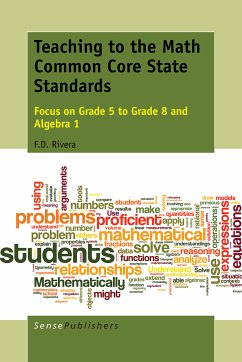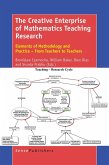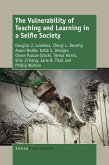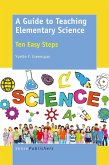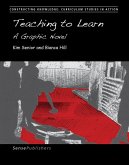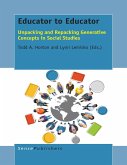This is a methods book for preservice middle level majors and beginning middle school teachers. It takes a very practical approach to learning to teach middle school mathematics in an emerging Age of the Common Core State Standards. The Common Core State Standards in Mathematics (CCSSM) is not meant to be "the" official mathematics curriculum; it was purposefully developed primarily to provide clear learning expectations of mathematics content that are appropriate at every grade level and to help prepare all students to be ready for college and the workplace. A quick glance at the Table of Contents in this book indicates a serious engagement with the recommended mathematics underlying the Grade 5 through Grade 8 and (traditional pathway) Algebra I portions of the CCSSM first, with issues in content-practice assessment, learning, teaching, and classroom management pursued next and in that order. In this book we explore what it means to teach to the CCSSM within an alignment mindset involving content-practice learning, teaching, and assessment. The Common Core state content standards, which pertain to mathematical knowledge, skills, and applications, have been carefully crafted so that they are teachable, learnable, coherent, fewer, clearer, and higher. The practice standards, which refer to institutionally valued mathematical actions, processes, and habits, have been conceptualized in ways that will hopefully encourage all middle school students to engage with the content standards more deeply than merely acquiring mathematical knowledge by rote and imitation. Thus, in the CCSSM, proficiency in content alone is not sufficient, and so does practice without content, which is limited. Content and practice are both equally important and, thus, must come together in teaching, learning, and assessment in order to support authentic mathematical understanding. This blended multisourced text is a "getting smart" book. It prepares preservice middle level majors and beginning middle school teachers to work within the realities of accountable pedagogy and to develop a proactive disposition that is capable of supporting all middle school students in order for them to experience growth in mathematical understanding that is necessary for high school and beyond, including future careers.
Dieser Download kann aus rechtlichen Gründen nur mit Rechnungsadresse in A, B, BG, CY, CZ, D, DK, EW, E, FIN, F, GR, HR, H, IRL, I, LT, L, LR, M, NL, PL, P, R, S, SLO, SK ausgeliefert werden.

